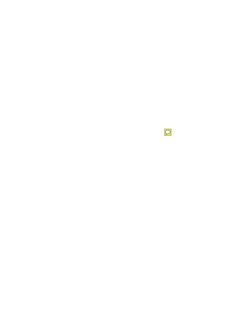An analysis of the Target budget model and related processes in Aker Solutions offshore projects, and an alternative approach with a new remuneration scheme related to spot price on input factors
Master thesis

View/
Date
2011Metadata
Show full item recordCollections
- Studentoppgaver (TN-ISØP) [1434]
Abstract
This thesis deal with the use and establishing of target budget as a remuneration scheme, and
also a new remuneration schemes are launched based on spot prices of input factors. The
report begins with a description of the two problems and the background for this thesis,
followed by chapters with methodology and facts. The method chapter describes the
methodology and structure in the process of this thesis and used method of research. The facts
are about Aker Solution and the subsidiary companies and the Norwegian offshore standard
contracts. Next the chapter with relevant theory is presented to give a basis for the discussion
and conclusion. The cases with there target budget models are examined, on basis of the
contract, interviews, presentations and reports. The spot prices as a remuneration scheme are
presented, linked to both related to price on raw materials and oil. The summing up of these
cases is the basis for discussion and conclusion.
The Target budget model is the preferred remuneration scheme in Aker Solutions presented
maintenance and modification projects, probably because it gives Aker Solutions as a supplier
the incentives to reduce the cost of the project. The model also contributes to the two parties
having the same objectives in the execution of the work. The supplier’s incentive in this
remuneration scheme is to save money for the owner, and by this his profit increases.
Similarly the suppliers profit is reduced in the event of increased costs for the owner. In both
this scenarios there are set a cap for the suppliers profit or loss as a result of the project. The
thesis describes many of the factors that influence on setting this cap, both from a supplier
and owner situation. The terms of the cap and profit distribution are often set in negotiation
process, and reflect the division of power. The client’s former contracts and the consensus in
the work collaboration among the parties influence much on how successful the use if the
target budget model is, and especially regarding variations in the project.
The constant fluctuations in the market have lead to an alternative approach with a new
remuneration scheme related to spot prices on input factors. This remuneration scheme gives
the parties in the contract a more fear sharing of the changes costs that are beyond there
control. A quality assurance of the model related to the Norwegian surtax system is described,
and some practical examples are shown. The spot price remuneration scheme has to be linked
to a credible index that is highly relevant to the costs of the project.
Description
Master's thesis in Industrial economics